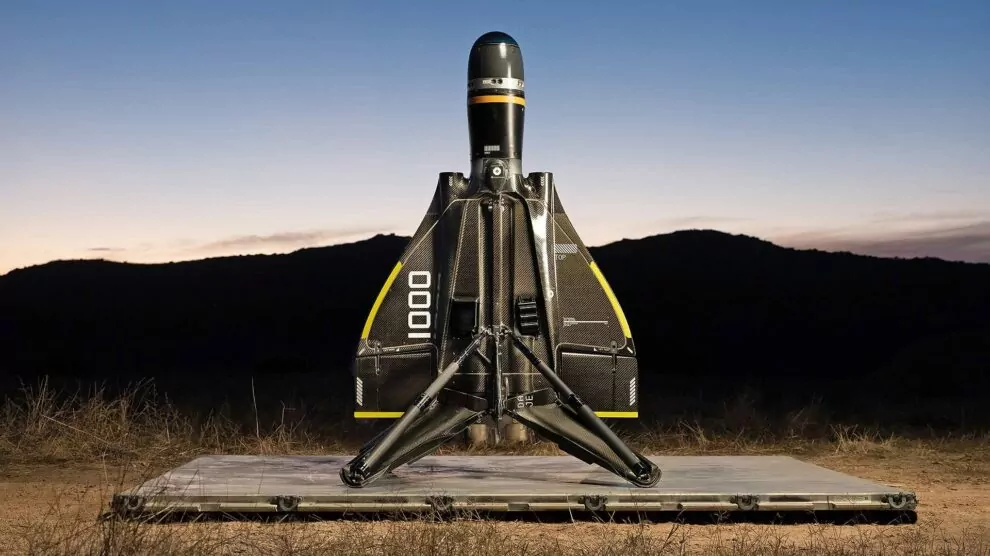A pioneering reusable drone under development named Roadrunner promises reinventing aerial defense against emerging airborne vehicles like missiles and kamikaze drones. With vertical flight capabilities and swift missile-like kinetics, this innovative interceptor aims providing an affordable countermeasure securing strategic sites.
The Threat Landscape
From military bases to critical infrastructure, securing aerial zones has become an imperative amidst proliferating drones. Small, readily available quadcopters now pose threats ranging from reconnaissance to outright attacks as seen against oil facilities. Stealthy fixed-wing drones and hypersonic missiles further compound risks.
However, existing anti-air systems like the Patriot or THAAD rely on expensive single-use rockets with high minimum engagement ranges. This leaves defense gaps against cheap, disposable nearby threats – gaps Roadrunner is designed to fill.
Roadrunner’s Unique Capabilities
Currently under development by Anduril Industries, Roadrunner reimagines point aerial defense via its reusable architecture with precise maneuverability. Let’s examine standout capabilities allowing cost-efficient base security.
VTOL Deployment and Recovery
Instead of runway dependency, Roadrunner takes off and lands vertically while hovering – ideal for constrained space near installations. This allows positioning launch sites at optimal locations around vital zones.
Precision Intercepts at Low Altitudes
By combining helicopter-style hovering with high subsonic speeds, the nimble interceptor can swiftly engage elusive threats flying low and slow – unlike missiles that disregard such targets.
Reusable Airframe
Unlike expendable interceptors, Roadrunner returns to base intact post-mission allowing repeat sorties. Reusing airframes slashes operating expenses and reduces production logistics – benefitting scalability.
Optimized Drone and Missile Defense
Roadrunner’s blend of capabilities caters specifically for emerging drone-type threats that slip through traditional defenses. Planned counter-UAS features include:
AI Target Recognition
Onboard sensors coupled with artificial intelligence rapidly identify and autonomously prioritize inbounds like drones using signatures. This lowers engagement timelines against dynamically swarming adversaries.
Agile Control Surfaces
Actuators instantly reposition aerodynamic surfaces for tracking erratic maneuvers from quadcopters or fixed-wing suicide drones during terminal pursuit.
Fragmenting Warheads
For reliable kills, Roadrunner employs proximity-triggered warheads that detonate within enemy projectiles to disable guidance systems through shrapnel damage.
Enabling Affordable Area Denial
Unlike costly surface-to-air batteries or expendable $2 million interceptors, reusable Roadrunners with lower unit costs drastically reduce layered aerial denial budgets. This economic edge also suits mass deployments around installations.
Augmenting multi-layered defenses, affordable Roadrunner squadrons promise area access denial capabilities once exclusive to sophisticated state adversaries – now within reach of enterprise sectors as well.
The Future of Protecting Airspace
As uncrewed aerial threats spread globally, Roadrunner constitutes a forward-looking solution balancing operational adaptability with value economics through its recovery/reusability architecture. Looking ahead, platoons of such agile interceptors working in coordination can help democratize the skies against unauthorized entrants whether state or non-state.










Add Comment